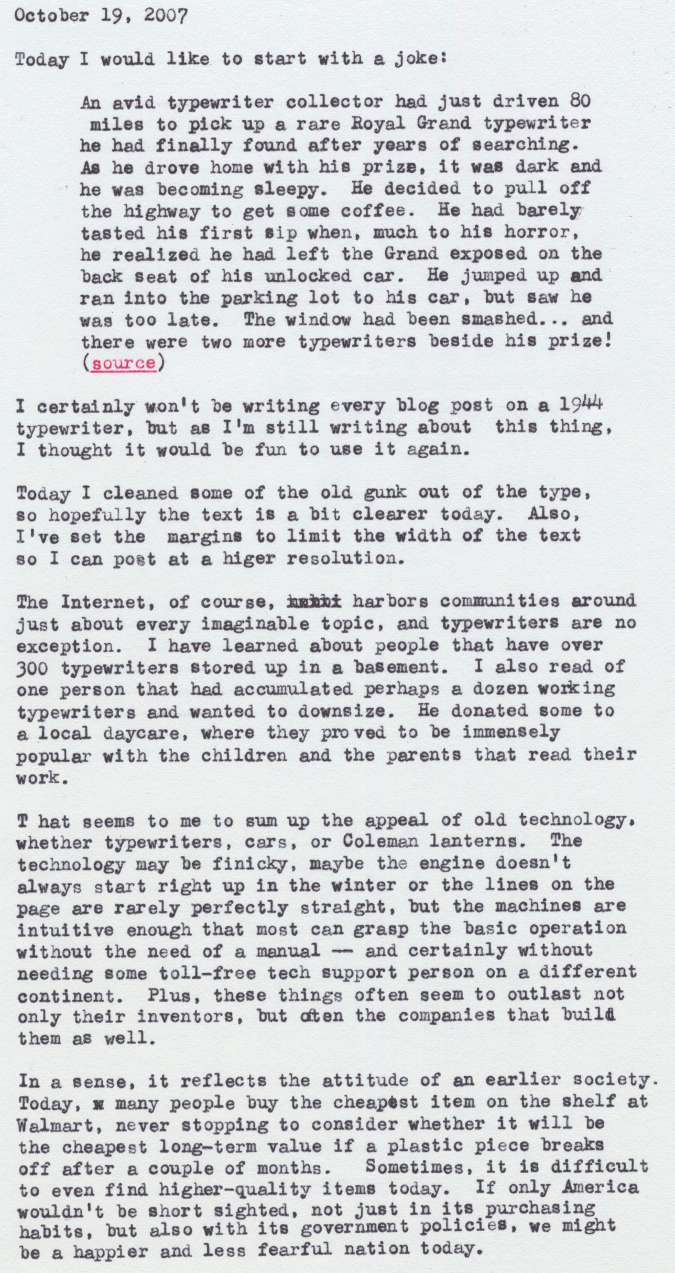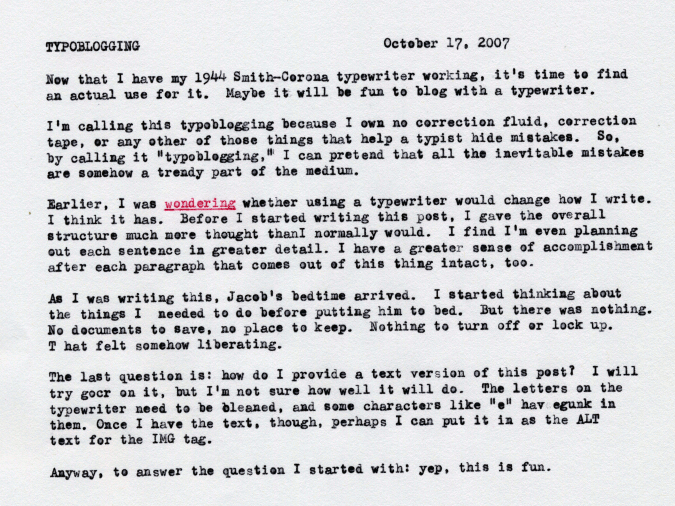Last year, as we were planning our move, I knew we would need to buy a new TV antenna. According to AntennaWeb (a very useful site), we are in the violet (or “fat chance”) zone for several TV stations. Add to that the fact that we have a tin-covered building pretty much in the direct path to several of the transmitter. Metal buildings often cause “multipathing”, where a signal bounces off buildings and arrives multiple times at the antenna. This causes ghosting on analog signals and can cause problems getting a signal lock on digital ones. We also have a fairly long run from the antenna to the receiver (a MythTV box) and are wanting to receive digital signals. Not only that, but the TV transmitters are in different areas about 40 degrees apart, and most high-gain antennas are also highly directional. So it’s a difficult situation.
So in our situation, an outdoor antenna is a must. At our old place, we had used the best outdoor antenna Radio Shack sold. Despite having more friendly reception conditions, it didn’t work well.
After a good deal of research, I bought a Terk TV38 outdoor antenna from Amazon. It comes with:
- The antenna, at a large 12.5 feet long, 9.25 feet wide, 2.6 feet high (though packaged in a much smaller carton)
- A 5-foot mast
- Chimney mount
- Wall mount
- Transformer (for direct connection to coax cabling)
- Various mounting hardware
It comes with the hardware you need to mount it in an attic or attach it to an exterior wall or chimney in most situations. However, we wanted to attach it to the roof directly, so we purchased a tripod mount from RadioShack for that purpose. I had also purchased some quad-shield RG6 coax from Cat5ECableGuy.Com.
I assembled the antenna on the ground. That took some time, but wasn’t difficult. But this was in winter, a fairly wet winter, and I knew that weather wouldn’t cooperate well enough for us to get the antenna up on our roof safely some Saturday for a few weeks. So I thought I’d just leave the antenna on the ground for a little while, hook it up, and see if we get anything. I put it on the ground, aimed it about in the middle of the TV transmitters, and went to set up the MythTV.
I was shocked to discover that, even with the antenna on the ground, I got a perfect digital picture on all channels but one. Once we got the antenna mounted on the roof, reception has been perfect. I’ve had no need for actuators (to rotate the antenna) or amplifiers. Just the antenna itself, even with the long coax run, has performed quite well.
For anyone that needs an outdoor antenna, I highly recommend the Terk TV38.


